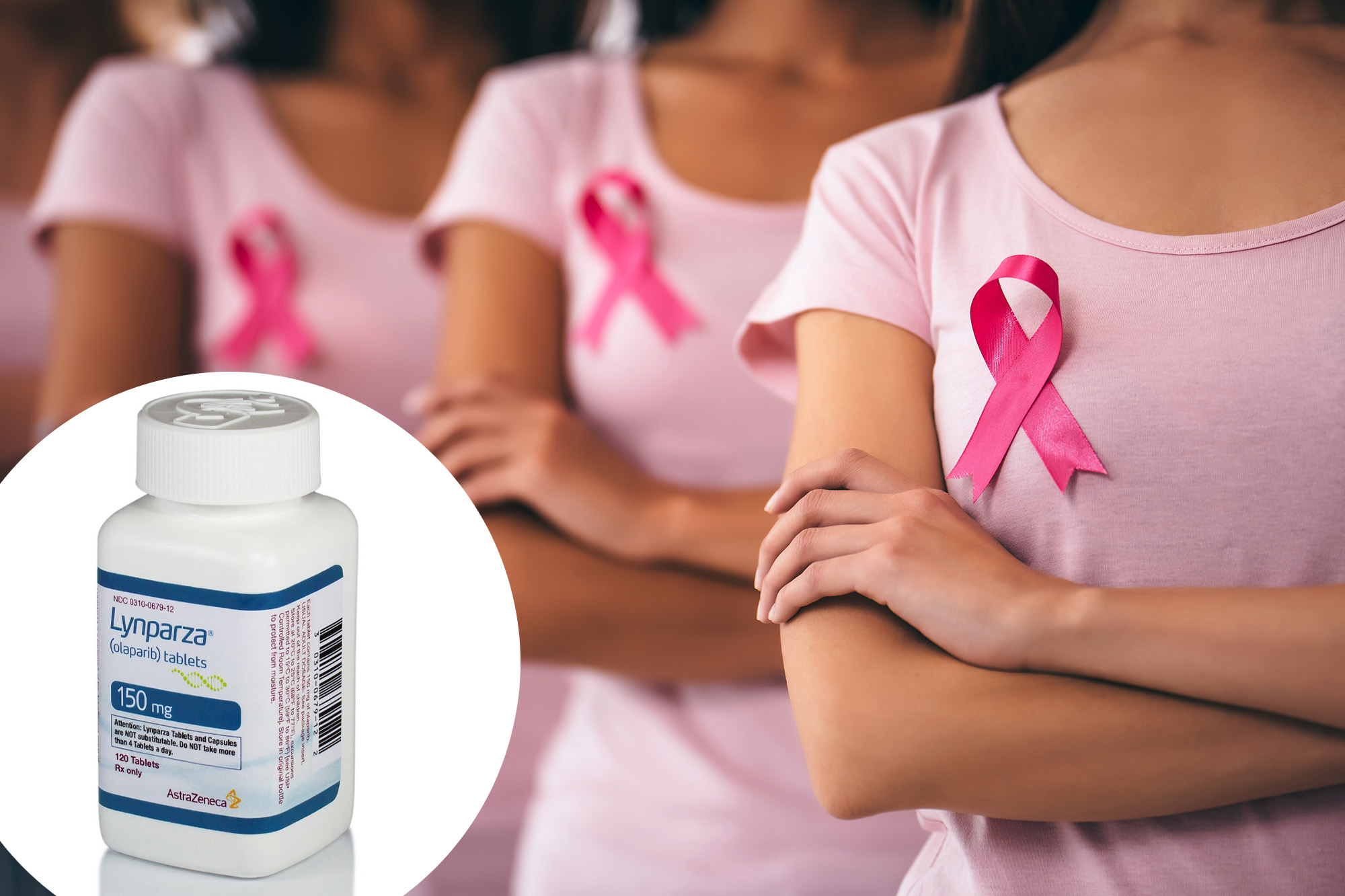Hope is on the horizon for patients with aggressive and inherited breast cancers.
A recent clinical trial, led by researchers at Cambridge University, explored the effects of a combination of chemotherapy with Olaparib target cancer drug before surgery.
Each patient who received this protocol survived the critical period after treatment.
The research, published in Nature Communications, suggests that this two -party preventive approach could be the most effective treatment plan for breast cancer in the initial phase linked to BRCA1 and BRCA2 gene mutations.
Breast cancer or BRCA genes are present in all cells in the human body. When it works, BRCA1 and BRCA2 repair DNA and avoid cancerous changes.
However, when a mutation compromises these genes, the risk of cancer increases. The inheritance of this damaged DNA can increase the risk of breast and ovary cancer in women and breast and prostate cancer in men.
BRCA1 or BRC2 genes are more common in young women and these mutations increase the risk of cancer by up to 84%. Six percent of all breast cancer patients have a BRCA gene mutations, but in patients under 45, about 12% have the gene.
BRCA cancers are notoriously aggressive and difficult to treat.
In 2013, Angelina Jolie, who carries the defective BRCA1 gene, made headlines when she suffered a preventive double mastectomy. As a result of the procedure, Jolie, who lost his own mother in the face of breast cancer, saw that his chances of developing breast cancer drops from 87 percent to less than 5 percent.
The current protocol for treating Brcca cancers includes reduction of tumor through chemotherapy and immunotherapy, before removing it through surgery.
The first three years after surgery, when there is the highest risk of relapse or death, they are critical.
The essay recruited patients from all over the United Kingdom and aimed to test the effectiveness of combining chemotherapy with Olaparib before Surgery and calendar carefully when these treatments were administered.
“It is rare to have a 100% survival rate in a study like this and for these aggressive cancer types.”
Professor Jean Abraham
The study revealed that allowing a 48 -hour “vacuum” between chemotherapy and Olaparib treatments led to more positive results. Researchers believe that this interval allows the patient’s bone marrow to recover from chemo while leaving the receptive tumor cells at Olaparib.
Olaparib, sold under the Lynparza brand name, is usually taken for 12 months after surgery. However, patients with trial took pre -ururgery tablets for a period of 12 weeks.
The survival rate between the control group received by chemotherapy was only 88%. Of these 45 patients, nine relapses and six died at three years after surgery.
However, there was a 100% survival rate among the 39 patients who received chemotherapy followed by Olaparib. Of this cohort, only one patient went in the three years after surgery.
“It is rare to have a 100% survival rate in a study like this and for these aggressive cancer rates,” said Jean Abraham’s principal professor.
“We are incredibly excited about the potential of this new approach, as it is crucial that we find a way to treat and we hope to cure patients to be diagnosed with BRCA1 and BRCA2 -related chancers.”
In comparison with current care protocols, the pre-Cylurgery of chemo and the Olaparib offers a more profitable and less toxic treatment for patients.
Abrahams and his team plan the next research phase, which aims to replicate their results in a larger study.
They hope that their findings will be able to apply and will be applied to treat other cancers caused by genes mutated genes, including some ovary, prostate and pancreatic cancers.
Breast cancer is the most common cancer among North -American women after skin cancer. About 1 in 8 women will be diagnosed with breast cancer during their lifetime.
Although breast cancer begins in a localized part of the breast tissue, it can be extended to other parts of the body, significantly reducing survival rates.
The survival rates between patients with breast cancer that detect cancer before their diffusions are high, between 86% and 89%. However, if the cancer is detected after the cancer cells, this number drops to 31%.
#innovative #treatment #aggressive #breast #cancer #survival #rate
Image Source : nypost.com
